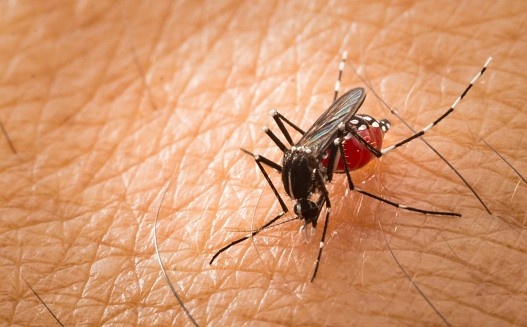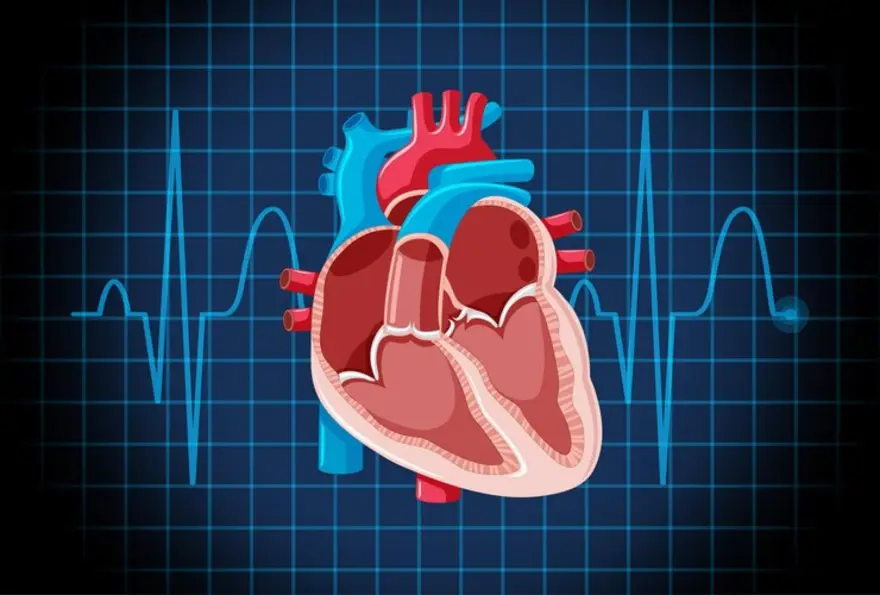Preventive Healthcare
Vector-Borne Diseases - Overview, Their Types & Preventive Measures
10573 Views
0

Vector-borne diseases are ailments transmitted by infectious pathogens and lead to zoonotic diseases. This means the diseases are transferred via living organisms, indirectly or between animals and humans. Some of the vectors carry viruses, parasites, and bacteria. Common examples of Vector-borne diseases include dengue, malaria, yellow fever, and Japanese encephalitis, among others. Each year, vector-borne diseases lead to more than 700,000 deaths. The burden of the disease is witnessed higher in tropical and subtropical areas. As per the World Health Organisation, vector-borne transmission is disproportionately known to impact the poorest populations. First, let's start with the understanding of what vectors are.
What are Vectors?
Vectors are central to the transmission of certain diseases. A vector picks up the infection from the environment or an infected host and then transfers it to a new one. Vector-borne transmission takes place from biological or mechanical vectors. Biological vectors are organisms within the bodies of which the pathogens might multiply. The infection is transferred when these vectors feed from the host by biting. Mechanical vector-borne diseases are transmitted through physical contact when the vector defecates or comes in contact with the host's skin.
Common Vector-Borne Diseases Based on Types of Vector
Mosquito
Mosquitoes transfer vector-borne diseases through their action of feeding on their hosts. Aedes mosquitoes cause diseases such as Chikungunya, Dengue, Yellow Fever, and Zika. Also, Anopheles mosquitoes cause parasitic diseases, such as Malaria and Lymphatic filariasis. Thirdly, Culex mosquitoes cases vector-borne transmission of Japanese encephalitis and West Nile fever.
Lice
Lice causes vector-borne diseases based on bacterial pathogens of Typhus, trench fever, and Louse-borne relapsing fever. The spread of the disease takes place when the host comes in direct contact with lice-infested humans. It is also transmitted by sharing common objects, such as clothes, with those infested.
Ticks
Some ticks are known to carry pathogens that can cause diseases in humans. They are known to carry the virus for Crimean-Congo hemorrhagic fever and Tularaemia. Ticks also cause vector-borne transmission that is bacterial. These include Rickettsial diseases, Relapsing fever, and Tick-borne encephalitis.
Rodents
Rats are rodent pests that are most common in the urban environment. However, chipmunks, ground squirrels, marmots, and wood rats also lead to vector-borne transmission in some areas. Rats transmit bacterial infection Leptospirosis via urine. They even lead to the surface transfer of diseases by contaminating food with filth and faeces. Rodents also cause and murine typhus. These diseases are transferred using the vector-borne route through fleas.
Cockroaches
Cockroaches are common pests that are found in human surroundings. They are known to carry a large range of pathogens. These include bacterial infections of Staphylococcus, Salmonella, and E. coli. They are even known to carry parasitic worms, fungi, viruses, and protozoans. They cause vector-borne transmission by defecating on the surface they travel and even secrete saliva.
Flies
Vector-borne diseases from filth flies, house flies, black flies, drain flies, and flesh flies are caused by infectious viruses, bacteria, and parasites. The diseases caused, among others, including those arising from the spread of E. coli, Salmonella spp., and Campylobacter sp. They are also responsible for diseases such as African trypanosomiasis and onchocerciasis (worm parasite). The transmission of diseases comes from the contamination of food or surfaces.
Understanding a list of common vectors allows you to read ahead on tips to avoid them.
Preventive Measures Against Vector-Borne Diseases
- Check on the possible places where the disease-causing vectors can be present. These include ponds, swimming pools, and other stagnant water sources. Prevention should be taken against the accumulation of rainwater in places such as parks.
- Vector-borne transmission can also be avoided by checking on abandoned places or pieces of equipment where water can collect. These include household objects such as flower pots and roofs. Change the water in pots every two days.
- Also, keep a check on agricultural areas for a breeding ground of vectors, such as swamps, agriculture sheds, and places of animal husbandry.
- Care should be taken that the kitchen and toilets do not have exposed or open water tanks. In case they are exposed, they should be sealed.
- Be on the lookout for dark places and burrows for vectors such as rodents.
- Unhygienic sleeping areas and beds that can have an infestation of vectors should be avoided to diminish transmission. When out of home, always check sleeping places and equipment such as beds, mattresses, and bed linens to prevent vector-borne disease transmission from bugs.
- Locations that can serve as breeding grounds need to be sprayed with appropriate pesticides to control the larvae.
- In the insect-infected area, it is better to cover your legs and wear long sleeves, to protect your skin. Similarly, clothes can be protected using insect repellents.
- Prevent insect infestation using mesh nets on doors and windows.
- Avoid travelling to locations that are common for transmission of insect-borne diseases. You can also be more prepared and receive medicines or vaccinations before travelling.
- It is not wise to dispose of human waste near any sources of water.
- It is better to maintain a high standard of personal hygiene and always shower and drink clean and pure water.
- Avoid contact with secretions, blood, other bodily fluids, or organs of infected animals or people.
- Avoid unpasteurized dairy products and strictly control the hygiene of the food and water you consume.
Conclusion
Since small organisms cause vector-borne diseases, you must take complete precautions to limit exposure. If you show symptoms of any disease caused by vector-borne transmission, you must be aware of the tests that can be conducted for identification. Metropolis Healthcare Ltd. offers tests to detect diseases caused by pathogens the vectors carry. It is highly recommended that you get tested and complete the course of treatment for better health.
 Home Visit
Home Visit Upload
Upload














1701259759.webp)









 WhatsApp
WhatsApp